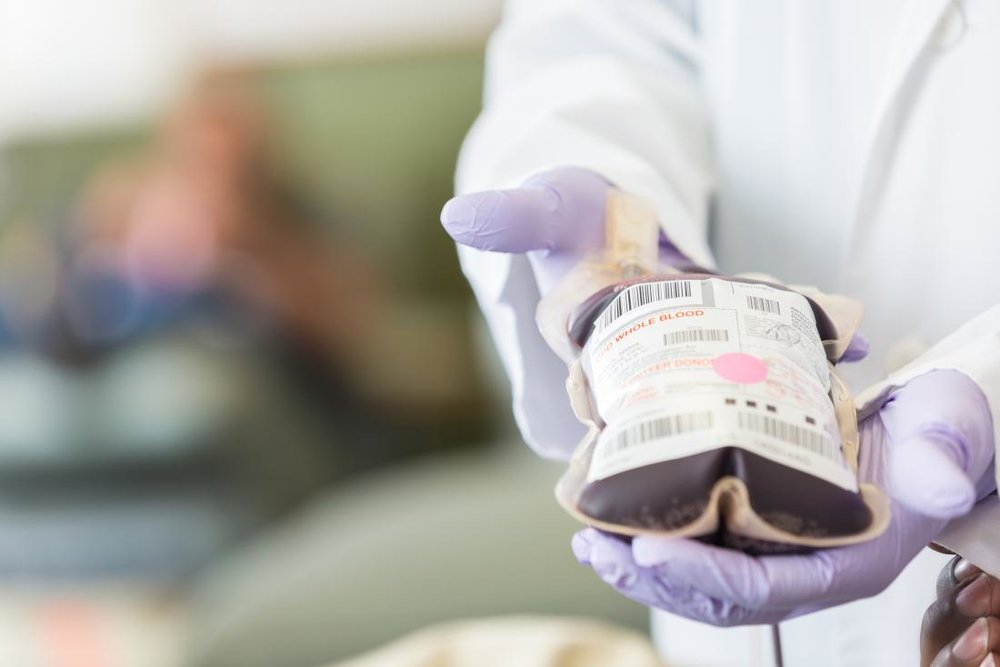HIV risk from blood transfusion cut to zero in 16 provinces

TEHRAN — Risk of getting HIV from blood transfusion in 16 out of 31 provinces was reduced to zero in the last Iranian calendar year (March 2017-March 2018), according to the head of Iranian Blood Transfusion Organization (IBTO).
Ali Akbar Pour-Fatollah made the announcement to mark the World AIDS Day which is on December 1, IRNA reported on Tuesday.
“In meeting its global obligation, IBTO has committed itself to put forth all its efforts to reduce the risk of HIV infection from blood and blood products transfusion,” he said.
With the execution of ‘screening the first-time blood donors’ national plan and setting up ‘the system of quality control of blood’ at all transfusion centers, the transmission of infections through blood transfusion has reached its lowest level, a rate comparable to figures in developed and industrial countries,” he added.
“Over the last year, HIV transmission was estimated at two in every 100,000 donations, indicating an incidence rate which is by far lower that the disease’s incidence rate throughout the society,” said Pour-Fatollah.
“Iran is the front runner among regional countries in guaranteeing the quality of blood and its cellular and therapeutic products. The young generation’s participation in honest donation of blood as well as encouraging others to this worthy duty will support the IBTO in raising the quality and quantity of its products and help the patients,” he noted.
Over the last year, HIV transmission was estimated at two in every 100,000 donations, indicating an incidence rate which is by far lower that the disease’s incidence rate throughout the society. Ministry of Health center for communicable diseases management has announced that by the end of previous Iranian year some 37,650 were diagnosed with HIV/AIDS in Iran out of which some 13,393 have died. The HIV have led to AIDS in 15,278 of the patients. It is estimated that over 66,000 people in Iran have AIDS/HIV but over one third of them don’t know they have the disease or deny it.
According to the Health Ministry, Some 83 percent of the patients are men and the rest are women. Almost half of the patients are ageing 21-35.
According to the World Health Organization (WHO), since the beginning of the epidemic, more than 70 million people have been infected with the HIV virus and about 35 million people have died of HIV. Globally, 36.9 million [31.1–43.9 million] people were living with HIV at the end of 2017.
An estimated 0.8% [0.6-0.9%] of adults aged 15–49 years worldwide are living with HIV, although the burden of the epidemic continues to vary considerably between countries and regions. The WHO African region remains most severely affected, with nearly 1 in every 25 adults (4.1%) living with HIV and accounting for nearly two-thirds of the people living with HIV worldwide.
SJ/MQ/MG
Leave a Comment